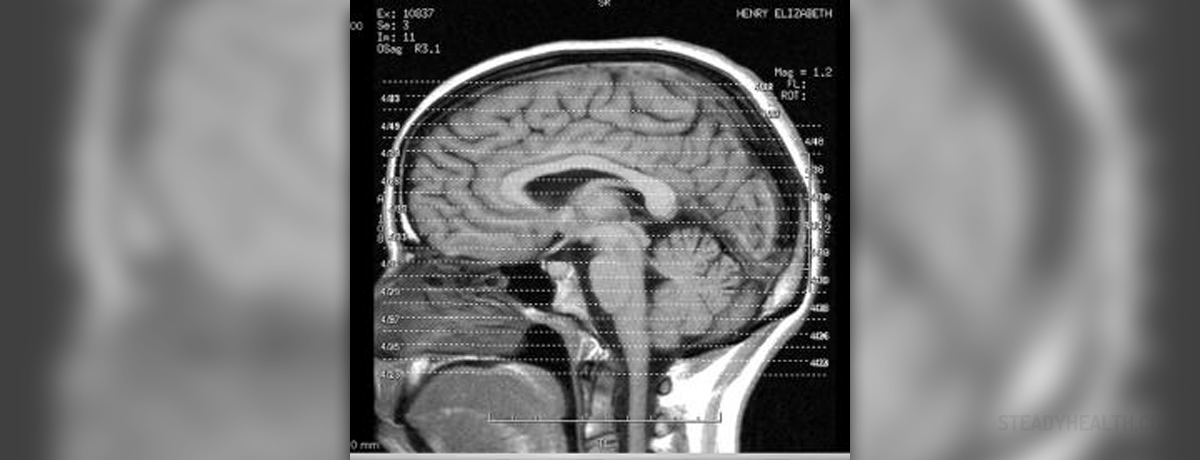
The human brain is a complex organ, the very center of the nervous system. To get a rough feeling about brain’s complexity, let us note that the cerebral cortex of the human brain consists of approximately 15–33 billion neurons, linked with approximately 10.000 synaptic connections. This article will try to depict the brain’s diagram and its complex anatomy.
Amazing truth about human brain
An average brain is 140 mm in width and 167 mm in length and around 1300-1400 cubic centimeters in volume. An interesting fact is that the brain gets lighter with years. In children brain weighs 4-5lbs and in adulthood it weighs somewhere around 3 lbs. An infant's brain grows almost 3 times in course of first year. Males have about 10% larger brain than females.
The brain makes only up to 2% of body’s weight but it uses 20% of all energy. However, brain also produces energy – while humans are awake, the brain generates approximately 25 watts of power. This is enough energy to light a bulb.
Almost 80% of the brain is composed of water. There are around 100 billion neurons in the brain, and 1,000 to 10,000 synapses for each neuron in the brain. The brain needs blood and oxygen to function properly and the total length of blood vessels in the brain is approximately 100,000 miles.
Human Brain Diagram and Functions
The human brain is divided in different regions of which each one is responsible for certain functions of the body. Here are some major regions of human brain, and their functions.
Central core
Central core consists of five portions called: thalamus, pons, cerebellum, reticular formation, and medulla. The thalamus is positioned between the cerebral cortex and midbrain. Its function includes relaying sensation, spatial sense and motor signals to the cerebral cortex, regulation of consciousness, sleep and alertness. The pons is a bridge in brain that conducts the signals from cerebrum to the cerebellum and medulla, which play the important role in the motion control and certain emotional and language functions. Pons is responsible for sleep, respiration, swallowing, bladder control, hearing, equilibrium, taste, eye movement, facial expressions, facial sensation, and posture. The reticular formation is concerned about actions such as awaking and sleeping cycle, and filtering of incoming stimuli.Limbic System
The limbic system, also known as the Paleomammalian brain, is a set of brain formations such as: hippocampus, amygdala, anterior thalamic nuclei, and limbic cortex. Their role is to support a diversity of functions including emotion, behavior, long-term memory, and olfaction.
Cerebral Cortex
Cerebral cortex is the neural tissue that is outermost to the cerebrum. It plays an important role in functions such as: memory, attention, perceptual awareness, thought, language, and consciousness. It has gray color and it is often called “the gray matter”. The surface of the cerebral cortex is folded and more than two thirds is buried in the grooves, scientifically known as “the sulci”.




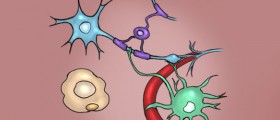

_f_280x120.jpg)






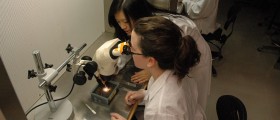
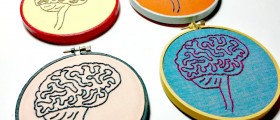

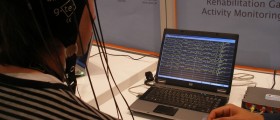
Your thoughts on this
Loading...